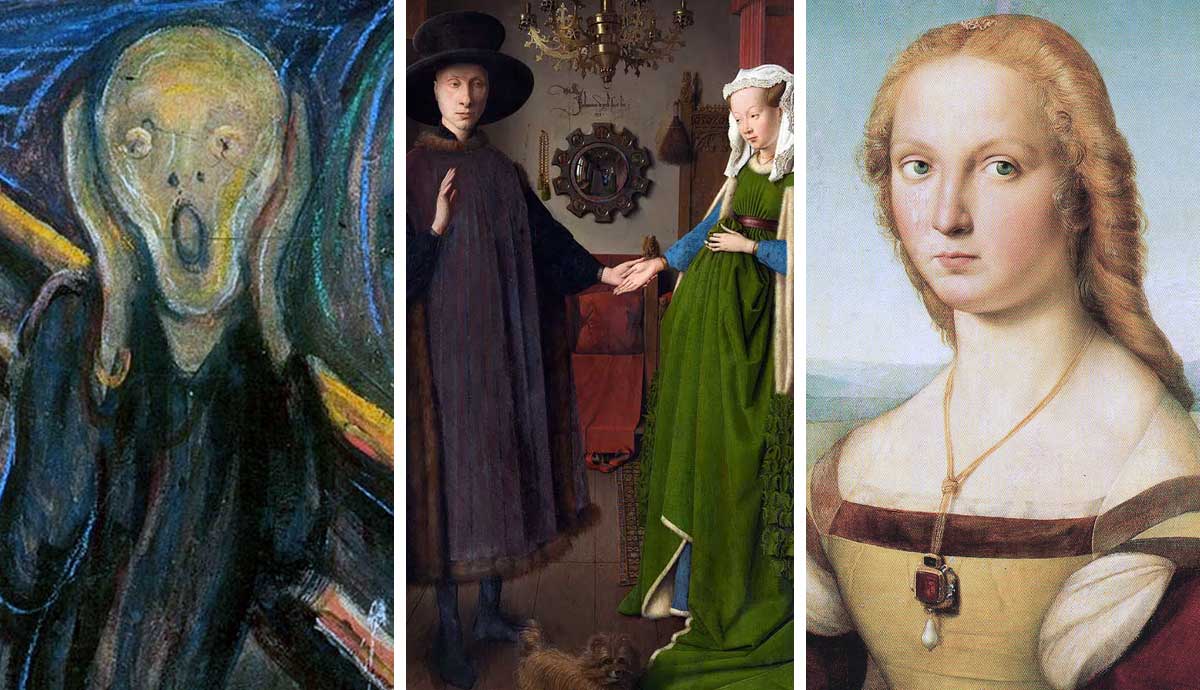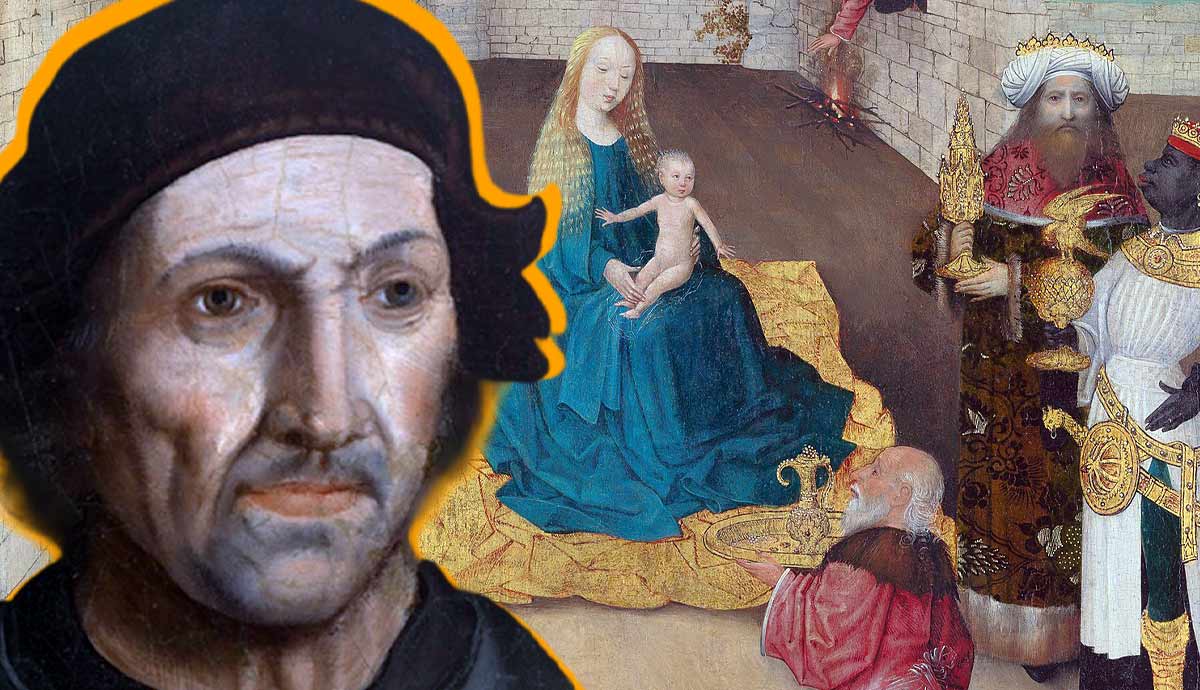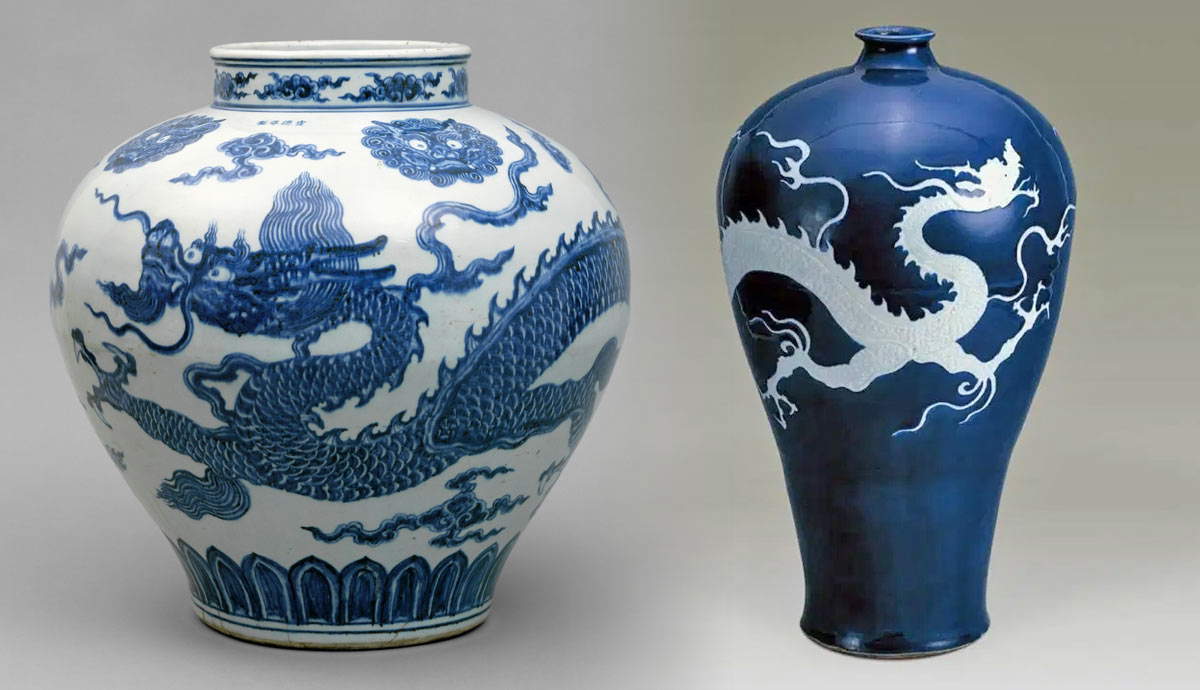
Some famous paintings are not what they seem at first glance. Some symbols and forms transform over the years, leaving viewers unable to decode the true intentions of artists, even if it is a well-known and revered one. For example, for almost two centuries, art historians debated the gender identity of one of Caravaggio’s characters. Read on to learn more about famous works of art misinterpreted by their audiences.
1. Rembrandt’s “Night Watch”: The Famously Misinterpreted Masterpiece

Rembrandt’s Night Watch is one of the most famous paintings in the world and a prime example of Rembrandt’s mastery as a painter of group portraits. Commissioned in 1639 by a unit of Amsterdam civic guards, the painting was long believed to represent a scene of their nighttime duty. However, as it turned out rather recently, Rembrandt never intended to paint the guards at night.
Over the years, the painting accumulated dust and dirt. Moreover, the thick layer of varnish applied by both Rembrandt and those who retouched the work later began darkening over time, making the work dimmer and yellowish. In fact, in 1911, the varnish saved the painting from destruction after an unemployed shoemaker attacked it with a knife to express his anger at being unable to find a job in Amsterdam. The varnish layer was so thick that the knife only scratched it, leaving no further damage to the painting.
During World War II, the Night Watch was removed from the Rijksmuseum, rolled up, and hidden in a cave vault. After the war, conservators launched a major restoration project on it. Upon clearing the layers of varnish, they suddenly discovered that the scene painted by Rembrandt actually unfolded during the day, with shadows roughly corresponding to 2 PM. Still, the popular painting title remained unchanged, preserving the history of the work.
2. Caravaggio’s “The Lute Player”

The Lute Player by Caravaggio is one of the best-known masterpieces from the artist’s early period. It exists in three versions, with the most recent of them unveiled only in 2001. The versions have several differences in details and objects used in the composition, but overall depict the same scene. The Lute Player is also the earliest known example of Caravaggio using his signature contrast of light and shadow. What is curious is that for two centuries, the young man in the painting was believed to be a woman.
The gender confusion happened in the 18th century, when several Caravaggio researchers saw the portrait as a representation of a young woman. The androgynous look of the figure, as well as the unavailability of paintings for long-term study (all three versions were kept in private collections until recently), provoked endless speculation that lasted until the 1970s.
Then, art historians reached a general conclusion, basing their final decision on two important arguments. First, in the vast oeuvre of Caravaggio, there are no similar images of women. Specifically, in that period of his life, he painted only young men in similar settings and compositions. Even more convincing evidence is the music the young person is playing. Next to the figure, there is a book with sheet music. The piece that the boy is playing is a French-language madrigal (a secular lyrical song) written for a male voice.
3. Mark Rothko’s “No. 5/ No. 22”

This particular composition by Mark Rothko is widely misinterpreted due to popular expectations of color. Upon seeing the oranges and the yellows, wider audiences often assume the happiness and joyfulness of the scene. However, Rothko himself called it a violent and tragic work. Indeed, the contrast of color, as well as the scratches, atypical for Rothko, that damage the layer of red paint, convey a sense of uneasiness, if not panic. It is an outburst of destructive energy that is contained within the canvas’s boundaries.
Mark Rothko himself was aware that his paintings often get misinterpreted, as most view them simply as exercises in color combination. In fact, he was focused on conveying strong emotions and concepts through color only, using no form or symbols. Some art historians interpreted the scratches on No. 5/ No. 22 as a schematic representation of the crucified Jesus’ arms. However, Rothko himself almost never titled his paintings with anything but numbers, as he refused to make interpretation easier for the viewer. Instead, they had to address the depth of emotion and feeling within themselves to grasp the true meaning of Rothko’s work.
4. Jan van Eyck’s “Arnolfini Portrait”

Jan van Eyck’s portrait of the Arnolfini family is one of the most famous yet mysterious works of art in art history. It is the earliest known double portrait in Western art and a composition that astonishes with its complexity and puzzles with the long list of scholarly debates around it. For a while, it was discussed in the context of the notorious Hockney-Falco thesis proposed by Pop artist David Hockney. Hockney claimed that van Eyck was unable to paint space in such a complex and accurate way without using optical devices. However, proper research by Renaissance experts has proved that van Eyck indeed painted his work relying on his own artistic skill and expertise.
The most frequently shared fallacy concerning the Arnolfini Portrait is the supposed pregnancy of a young woman, presumably a newlywed. Indeed, the cut of her dress and the shape of the bodice suggest a silhouette abnormal for present-day fashion. In the late Gothic period, a protruding stomach was regarded as the ultimate symbol of femininity, as it referred to the supposed main purpose of a woman in her life. Motherhood was considered the ultimate virtue, and thus painters changed the body proportions of their models, and dressmakers added extra layers of fabric to bodices and skirts.
5. Edvard Munch’s “Scream”

Munch’s Scream found its way into popular culture, which turned it into an iconic painting that is often distorted or misinterpreted due to its wide circulation. Contrary to popular belief, the figure itself is not screaming. Instead, it is trying to block the insufferable, blood-curdling scream that is filling the air around it. The Scream originated from Munch’s own experience. According to his diaries, once, he was walking near a fjord at dawn and was startled by the sky that suddenly turned red. It was then that he sensed a shrieking “scream passing through nature” that shook him. Some psychiatrists believed it was the experience we now know as a panic attack.
Some art historians think that the scream described by Munch had a more tangible explanation than a mental breakdown triggered by the impression of nature. According to them, the location where Munch was promenading was known for two main facilities: the biggest slaughterhouse in Oslo and a mental asylum where Munch’s sister was treated at the time.
6. Raphael’s “Young Woman With Unicorn”

The famous painting by Raphael has complex origins and a puzzling history of reception. Supposedly painted by Raphael under the impression of Leonardo da Vinci’s Mona Lisa, for years it was categorized as an image of Saint Catherine of Alexandria. The saint was recognized by her typical attributes of martyrdom—a wheel and a palm frond. However, during the 1934 restoration, art historians discovered that beneath the image of a wheel, there was a painting of a small unicorn, a Medieval symbol of chastity. This meant that someone over the long course of the painting’s history had overpainted the image, turning an unknown noblewoman into a saint.
This, however, was not the only transformation of Raphael’s Lady. Beneath the unicorn, researchers found a painting of a small dog, symbolizing fidelity. The silhouette of the dog became the basis for the unicorn figure, with its long ears transforming into the folds of the lady’s dress. Further analysis has shown that in its first version, the woman did not have anything in her arms at all and was noticeably older.
7. Ivan Kramskoi’s “Portrait of an Unknown Woman”

The Portrait of an Unknown Woman has become a classic work of Realist painting, frequently appearing on book covers for legendary works of Russian literature. Over the years, it developed a reputation for conveying mysterious beauty, alluring and arrogant at the same time. In Kramskoy’s time, however, it provoked a scandal.
The unknown woman is dressed in the latest fashion of her day, parading her black velvet and fur hat adorned with feathers, thin leather gloves, gold bracelets, and blue ribbons. Her outfit is outrageously expensive and brand new, and that in itself gives us a clue about her true identity. At the time, the nobility considered the obsessive following of the latest trends as vulgar and inappropriate. Another hint is the open top of her carriage and a vacant seat next to her. She is seen riding through Moscow openly and alone, openly and arrogantly observing others. Similarly to Manet’s Olympia, she is not a confident noblewoman but a courtesan who challenges the rules of the society around her.










